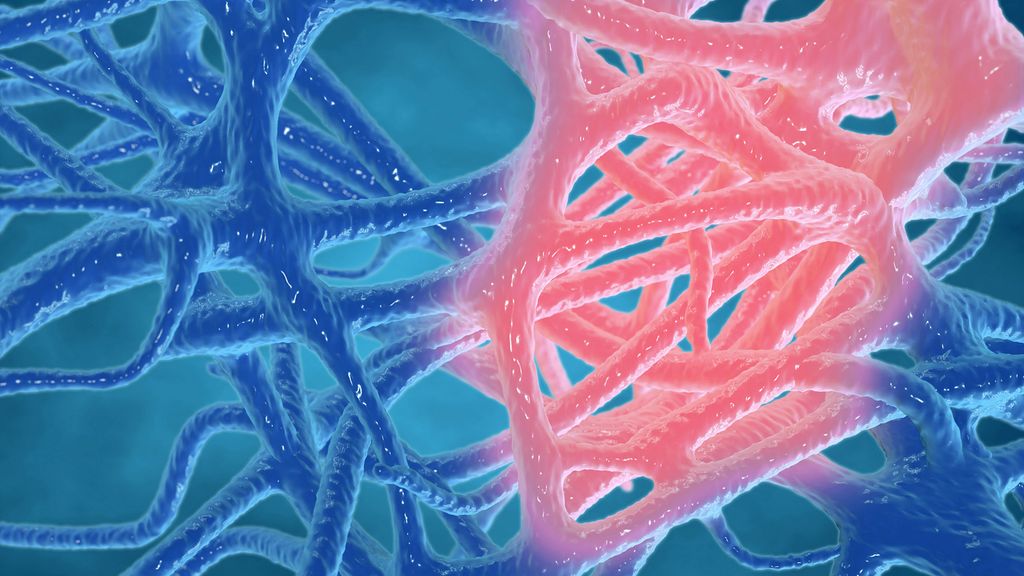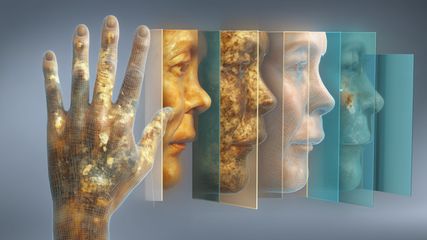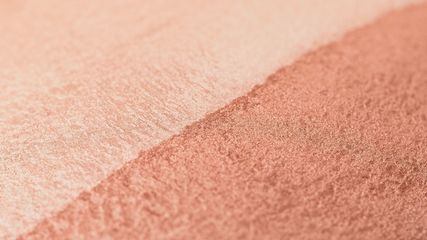
Risiko für Infektion bei Psoriasis unter Interleukin-23- und Interleukin-17-Inhibitoren?
Die Publikationen selektierte:
PD Dr. sc. nat. Emmanuel Contassot
Projektleiter (Forschungsgruppe Navarini)
Abteilung Biomedizin
Universitätsspital Basel
E-Mail: emmanuel.contassot@unibas.ch
Vielen Dank für Ihr Interesse!
Einige Inhalte sind aufgrund rechtlicher Bestimmungen nur für registrierte Nutzer bzw. medizinisches Fachpersonal zugänglich.
Sie sind bereits registriert?
Loggen Sie sich mit Ihrem Universimed-Benutzerkonto ein:
Sie sind noch nicht registriert?
Registrieren Sie sich jetzt kostenlos auf universimed.com und erhalten Sie Zugang zu allen Artikeln, bewerten Sie Inhalte und speichern Sie interessante Beiträge in Ihrem persönlichen Bereich
zum späteren Lesen. Ihre Registrierung ist für alle Unversimed-Portale gültig. (inkl. allgemeineplus.at & med-Diplom.at)
Ausserdem widmen wir uns der Lebenserwartung beim Stevens-Johnson-Syndrom und dem Zusammenhang zwischen Januskinase-Hemmern und unerwünschten Ereignissen bei Akne vulgaris.
Evaluating the risk of infections under interleukin 23 and interleukin 17 inhibitors relative to tumour necrosis factor inhibitors – a population-based study
Biologics targeting key cytokines driving inflammatory diseases have shown some success in controlling psoriasis. Due to the immunosuppressive nature of these drugs, their use is potentially associated with increased risks of infections. Kridin et al. compared the risk of infectious complications in patients with psoriasis undergoing treatment with interleukin (IL)-23 inhibitors (IL-23i) and IL-17 inhibitors (IL-17i) against tumor necrosis factor inhibitors (TNFi) in a global cohort study.
They found that patients on IL-23i had a lower risk of various infections, including otitis media, encephalitis, herpes zoster, hepatitis B virus reactivation, cytomegalovirus, influenza, and parasitic diseases. Similarly, IL-17i was associated with a decreased risk of pneumonia, septicaemia, upper respiratory tract infection, herpes zoster, hepatitis B and C virus reactivation, cytomegalovirus, Epstein–Barr virus, influenza, and parasitic diseases compared to TNFi, suggesting that IL-23i and IL-17i have a high safety profile and may be preferred in patients with susceptibility to infections.
Publication:
Kridin K. et al.; JEADV. First published: 19 July 2023 https://doi.org/10.1111/jdv.19328
Lifetime risk, life expectancy, loss-of-life expectancy and lifetime healthcare expenditure for Stevens–Johnson syndrome/toxic epidermal necrolysis in Taiwan – follow-up of a nationwide cohort from 2008 to 2019
Stevens–Johnson syndrome/toxic epidermal necrolysis (SJS/TEN) presents a persistent health burden, with a reduced lifetime risk in Taiwan between 2008 and 2019 due to HLA-B*15:02 screening and reduced prescriptions. Despite this improvement, individuals with SJS/TEN still experience a notable 9.43-year reduction in life expectancy, attributed to increased mortality and enduring effects. The study underscores heightened loss of life expectancy and healthcare expenses for males, those with comorbidities, sequelae, or intensive care/burn unit admissions, underscoring the long-term burden faced by younger SJS/TEN patients and the necessity for targeted resource allocation and effective strategies.
Publication:
Chiu YM et al.: Br J Dermatol. Volume 189, Issue 5, November 2023, Pages 553–560, https://doi.org/10.1093/bjd/ljad234
Janus kinase inhibitors and adverse events of acne — a systematic review and meta-analysis
The JAK-STAT pathway plays a crucial role in inflammatory conditions, and JAK inhibitors are emerging as treatments for dermatologic, hematologic, and rheumatologic disorders. Eight FDA-approved medications target JAK proteins, but acne is a common adverse effect in clinical trials, with little known about its overall incidence and variations between drug classes and treated conditions. A systematic review and meta-analysis were conducted to analyze the risk of acne associated with JAK inhibitors using published phase 2 and 3 placebo-controlled randomized clinical trials. These data demonstrate the significant increases in incidence of acne associated with combined JAK1 and JAK2 inhibitors, JAK1 inhibitors, as well as the TYK2 inhibitor deucravacitinib. Pan-JAK inhibitors and the JAK3-specific inhibitor ritlecitinib do not appear to be associated with incident acne; however, analysis of the effects of TYK2 inhibitors and ritlecitinib should be interpreted cautiously given the imprecision of the effect estimates and small sample sizes.
Publication:
Martinez J et al.: JAMA Dermatol. Published online October 18, 2023. doi:10.1001/jamadermatol.2023.3830
Das könnte Sie auch interessieren:
Rolle der Prophylaxe bei der Therapie des hereditären Angioödems
Im Management des hereditären Angioödems (HAE) ist eine kontinuierliche präventive Therapie unerlässlich, um zukünftige Schübe zu verhindern und die Erkrankung besser zu managen: die ...
Wege zur korrekten Diagnose
Patientinnen und Patienten mit verhärteter Haut können an sehr unterschiedlichen Erkrankungen leiden. Im Zentrum steht immer ein Fibroblast, eine mesenchymale Vorläuferzelle, die durch ...
Die menschliche Haut in der modernen Kunst
Dr. Ralph Ubl, Professor für neuere Kunstgeschichte an der Universität Basel, stellte sich der schwierigen Herausforderung, einem Raum voller erwartungsvoller Dermatologen das Organ Haut ...


